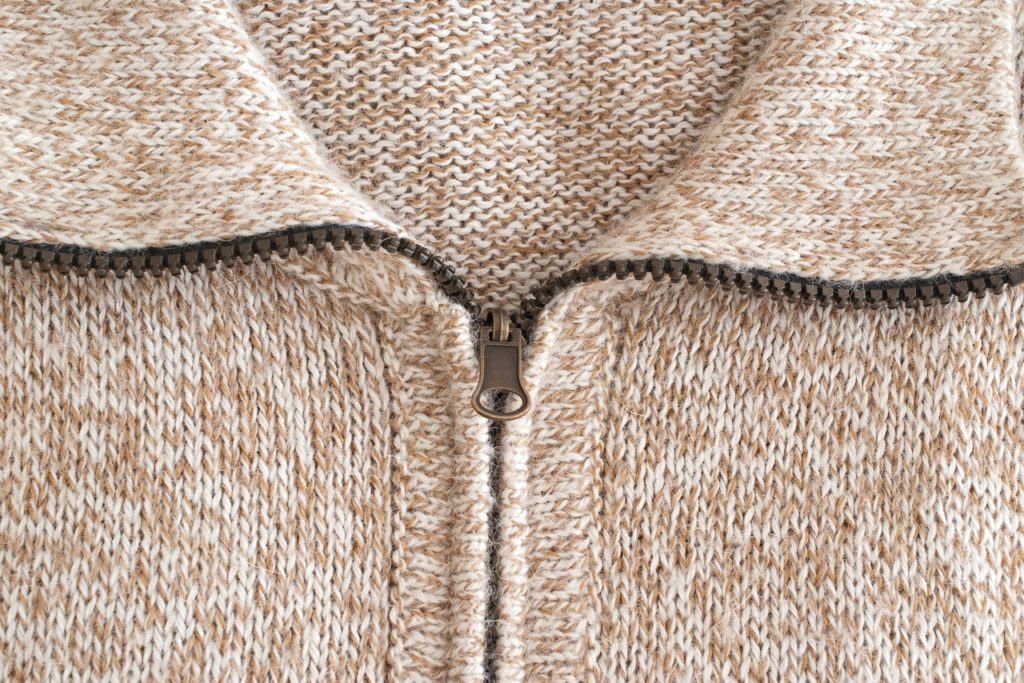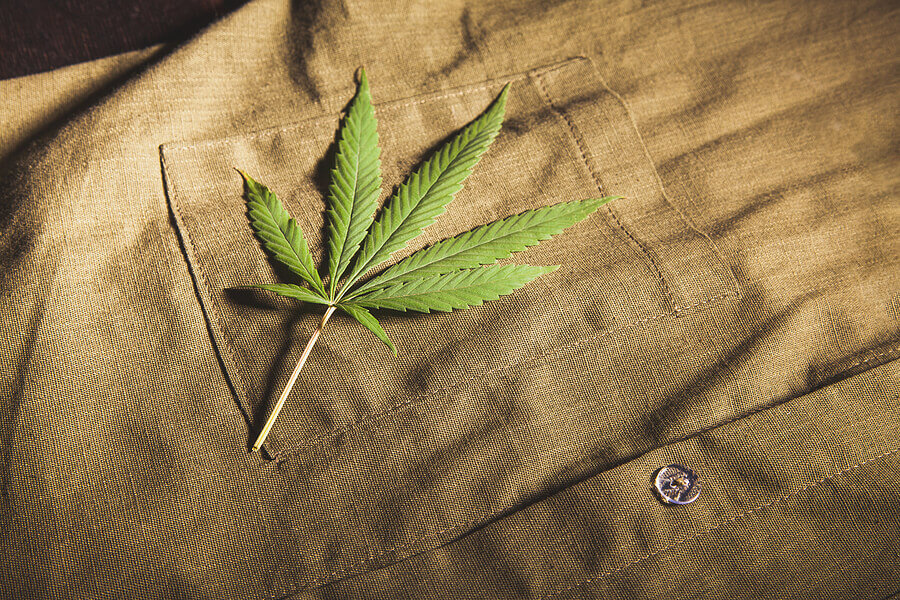Best Advice For Choosing Bamboo Clothing
Wiki Article
What Are The Environmental Benefits Of Low-Impact Fibre Hemp Clothing?
The hemp clothing made from low-impact is more environmentally friendly than clothes made from synthetic fibers. Hemp clothing offers a number of key environmental benefits. It is a rapid-growing crop that requires lesser water, pesticides, or herbicides than other crops. Hemp thrives in different climates. It can also be adapted to soil varieties.
Hemp is less water-intensive when compared to cotton. Cotton is notorious for its high water usage. This makes hemp an environmentally-friendly alternative for clothes.
No Pesticides and Herbicides- Hemp can be cultivated without the need for synthetic herbicides or pesticides in many instances, which reduces the environmental impacts of chemical farming.
Hemp can help improve soil health due to its deep roots which stop erosion and compaction. Hemp leaves soil well prepared for future crops.
Biodegradability Hemp fibers are biodegradable, and break down naturally over time, thus reducing the environmental burden of textile waste. Synthetic fibers, like polyester, can last up to a few hundred years before decomposing.
Reduced Carbon Footprint- Production of hemp fibers has an overall lower carbon footprint when compared with synthetic materials. In addition, as it develops hemp is able to absorb carbon dioxide from atmosphere and act as a carbon sink.
Hemp clothing has earned a reputation for its durability and wear-and-tear. Hemp clothing of high quality will last for a long time. This eliminates the need to replace it frequently and also waste.
Hemp plants have natural pest resistance that reduces the use of chemical pest control.
Hemp is a versatile fabric which can be utilized to create bags, clothing and accessories.
Regenerative Agriculture: Some sustainable farming practices include hemp in the regenerative system that aims to enhance and restore ecosystems while also producing crop. It can also have positive impacts on the environment.
It's crucial to keep in mind that while hemp offers several environmental benefits, the overall sustainability of clothing also depends on other elements, including the dyeing process, transportation and consumer behavior. As in all industries, there may be differences in the production practices and standards. To maximize the environmental benefits, it's best to opt for organic or sustainable hemp clothing. Read the recommended hemp clothes url for website tips including hemp sweatshirt, hemp pants womens, hemp fabric clothing, hemp tees, patagonia hemp island pants, hemp jeans mens, hemp long sleeve shirt, patagonia hemp vest, hemp cotton fabric, hemp t shirts wholesale and more.

What Makes Hemp Clothing More Useful And Technically Superior To Conventional Fibres Compared To Other Fabrics?
Hemp clothing has a number of practical and technical advantages over traditional textiles. It's also eco sustainable. Here are a few examples of how hemp clothing is eco-friendly and high-performance.
Hemp fibers are highly absorbent and moisture-wicking. This makes hemp clothing comfortable to wear in a range of conditions. They are able to help remove moisture, keeping the wearer cool and dry in hot weather.
Temperature Regulation
Hemp clothing is extremely thermoregulating capabilities. It can keep warm in cool temperatures by keeping body heat close and help to keep cool in hot temperatures when moisture and heat can be released. Being able to control your body's temperature naturally can help you avoid changing clothes frequently.
Durability and Longevity
Hemp is well-known for its durability. Hemp clothing has a tendency to be more robust, resistant to wear, and durable than some traditional fibers. The durability of hemp clothing means that it can last for longer, which reduces the need to replace them and, therefore, the impact on the environment.
UV Protection-
Hemp fibers provide natural UV protection, shielding the skin from harmful UV radiation. This is especially beneficial for outdoor activities.
Biodegradability:
Hemp clothing is degraded in time. This feature helps in reducing the impact on the environment of textile garbage. Synthetic fibers are able to be buried for lengthy time.
Environmental impact low:
Hemp is usually grown using lesser herbicides, pesticides and synthetic fertilizers than cotton. It is also environmentally friendly because it uses less. Hemp farming organically enhances the environmental benefits.
Carbon Sequestration
Hemp can be utilized to remove CO2 from the atmospheric air. Hemp cultivation acts as a sink for carbon dioxide, reducing greenhouse gas levels.
Sustainability and Crop Rotation-
Hemp can be included in crop rotation systems, improving the overall health of soils and decreasing the chance of soil loss and the buildup of disease. This practice of sustainable farming can contribute to the eco-friendly aspects of hemp.
Versatility:
To create fabric blends which are sustainable and high-performance, hemp fibers can also be combined with other materials such as organic cotton and recycled Polyester. This flexibility allows textiles to be innovative and environmentally sustainable.
Low Toxicity-
Hemp fibers are non-toxic by nature and do not need an extensive chemical process in the manufacturing process, help reduce the environmental impact.
Apart from hemp's numerous functional and eco-friendly benefits, it is important to remember that the sustainability of clothing can be affected by other elements such as dyeing methods, transportation, or ethical labour practices. If you want to make the right choice for the environment, look for clothing companies which are committed to transparency and sustainability by using hemp fibers and other environmentally-friendly materials in their clothing. View the top rated recommended you read on hemp clothing for blog recommendations including hemp button down shirt, hemp mens jeans, hemp pants womens, hemp cotton fabric, hemp fabric clothing, patagonia hemp shorts, hemp underwear, hemp hoodie, 100 hemp clothing, hemp sweatpants and more.

What are the major differences between hemp and bamboo fibers
Two distinct fibers, hemp and bamboo can be used in textile production. Each has its own properties and unique characteristics. Here are some of the most significant distinctions between hemp fiber and bamboo fibre- 1. Plant Source-
Hemp fibers originate from the bast fibers that are located in the stalks. Hemp is a flexible and fast-growing crop that has been used in a variety of ways over the years.
Bamboo The bamboo fibres are made by the cellulose of bamboo plants. Bamboo is a quick-growing grass that is known for its strength and speed of renewal.
2. Fiber Characteristics-
Hemp Fibers Hemp fibers are known for their strength and durability. They are one of the strongest natural fibers and get softer each time they're washed, so they're great for creating textiles.
Bamboo- Bamboo fibers are exceptionally soft and silky in texture. The fibers are less strong than hemp, but they are also more delicate. But, they are highly prized for their comfort when placed against the skin.
3. Texture and Feel
Hemp- Hemp fabrics have rough, somewhat coarse feeling in the natural state. It is a comfortable fabric but has a different texture to bamboo.
Bamboo- Bamboo fabric feels soft, silky and luxuriously soft. It is often described as feeling like a blend of silk and cotton, which makes it extremely comfy to wear.
4. Dryness and Breathability-
Hemp- Hemp fabrics are naturally wicking away moisture. This helps with improved air circulation and they also absorb water. They are able to keep you cool and dry in hot weather.
Bamboo fibers are also able to remove water and are extremely air-tight. They're also equipped with micro-gaps, which increase their capacity to regulate temperatures and humidity.
5. Environmental Impact-
Hemp Hemp is an environmentally friendly fiber because due to its rapid increase in growth, its low need for water and resistance to pests. These elements make it less necessary to use pesticides or herbicides. Hemp can also capture carbon in its growing process.
Bamboo's sustainability is widely known. It grows fast and requires minimal water and doesn't require synthetic pesticides. Moso is one of the bamboo varieties that is most sustainable.
6. Processing-
Hemp Fibers- Hemp fibers are subject to extensive processing, which will be required to separate the outer bast from the inner wooden core. Processing can include retting and decortication as well as mechanical separation.
Bamboo- Bamboo fibres are generally obtained via an enzymatic process known as the viscose or rayon process. This is the process of breaking down bamboo pulp with chemicals. This process can create environmental concerns if it is not managed in a responsible manner, certain bamboo textiles utilize closed loop systems to minimize the waste of chemicals.
7. Versatility-
Hemp- Hemp fibers are flexible and can be utilized in a variety of applications, including paper, textiles, clothing building materials, and more.
Bamboo The bamboo fibres are used primarily in clothing and textiles, but they can also be found in other items like bedding and towels.
Both bamboos and hemps have advantages in terms of sustainability and unique qualities. The decision between the two is based on the qualities you look for in a fabric and also your preference for the environment. Check out the best bamboo clothing for blog info including bamboo cay shirts, checkered bamboo pajamas, bamboo fishing shirts, bamboo fibre clothing, bamboo button down shirts, bamboo trousers women, bamboo baby pajamas, bamboo hawaiian shirts, bamboo cotton pajamas, bamboo exercise clothing and more.
